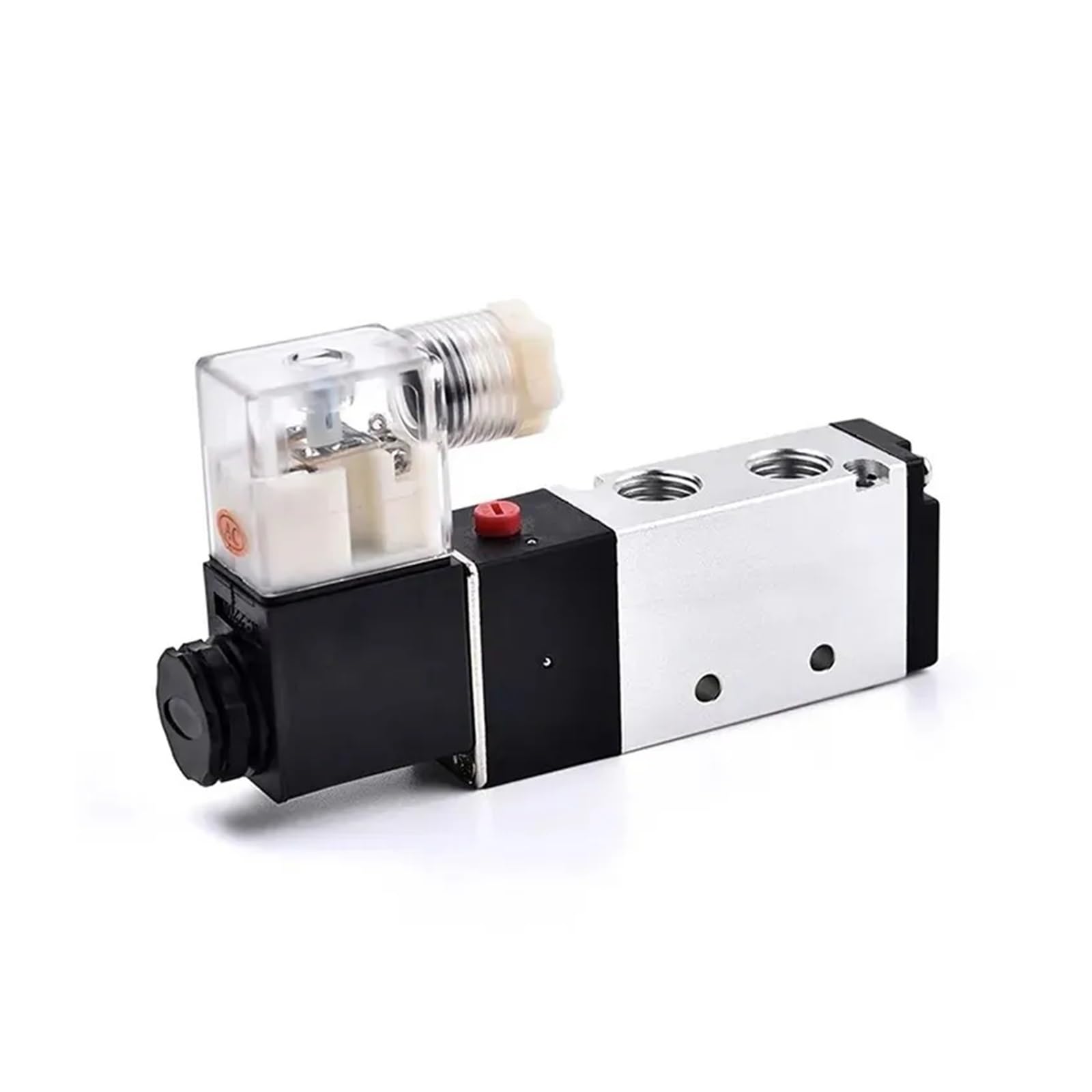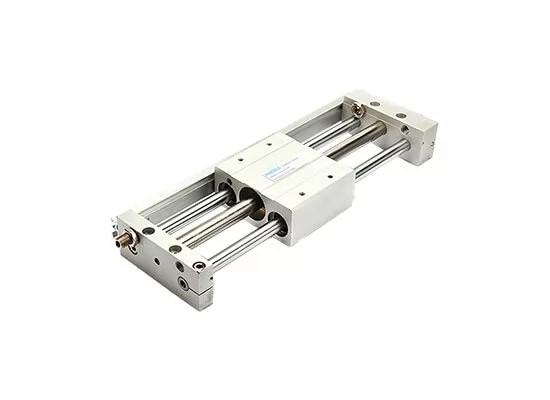Nov 21, 2025
A pneumatic cylinder is an actuator that uses compressed air to generate linear or rotary motion. It is one of the most essential power components in any pneumatic system. By converting air pressure into mechanical energy, cylinders drive machine mechanisms to perform pushing, pulling, clamping, lifting, positioning, and various handling operations, making them widely used in modern industrial automation. Depending on their structure and operating method, cylinders can be classified as single-acting, double-acting, rodless, rotary, and several other types. Each type operates differently and offers distinct motion characteristics and application scenarios.
Understanding how air cylinders work not only helps engineers make proper selection and design decisions but also supports diagnosing abnormal movements, improving system stability, and optimizing equipment maintenance and energy efficiency. Whether used in the pushing mechanism of packaging lines, the gripper actuation of robotic arms, positioning units in electronic assembly machines, or lifting modules in material-handling systems, cylinders play an indispensable role.
This article will take you through a clear and practical explanation of how different types of pneumatic cylinders operate, providing a solid foundation for better decision-making in selection, installation, troubleshooting, and system optimization.
The normal operation of a cylinder requires cylinder components, mounting components, and other functional components.
Cylinder components include the cylinder tube, piston, piston rod, seals, and cushioning devices.
Mounting components include mounting accessories, mounting brackets, and cylinder hinges.
Other functional components include guide bushings or guide sliders, magnetic sensors, quick exhaust valves, and speed control valves.
The basic working principle of a pneumatic cylinder is that compressed air enters the cylinder chamber and creates a pressure difference, which pushes the piston to move, thereby generating linear displacement or force output.
This type of cylinder has only one air port. Air pressure drives the piston in one direction, while the return stroke relies on an internal spring.
Features: Simple structure, low cost, suitable for short strokes or applications requiring motion in a single direction.
Applications: Automatic feeding push rods, clamping devices, light-duty return mechanisms.
This is the most common type of cylinder. Both ends of the cylinder have air ports, and the piston’s extension and retraction are controlled by air pressure. By switching a solenoid valve or manual valve, the airflow direction can be controlled to achieve reciprocating motion.
Features: Can output force in both directions, stroke is controllable, suitable for repetitive push-pull operations.
Applications: Robotic arm extension/retraction, automated assembly line push-pull operations, clamping or lifting devices.
This cylinder has no external piston rod. The internal piston drives an external carriage via magnetic coupling or mechanical linkage, and the carriage moves along an external rail, achieving linear motion.
Features: Saves installation space, allows long strokes, no exposed piston rod, suitable for long-stroke transport.
Applications: Automated conveying, assembly machinery, workpiece handling.
A guided cylinder adds guide rods or bushings at the cylinder ends or piston rod to enhance resistance to torque and side loads during piston movement.
Features: Improves precision and stability, capable of handling certain side loads.
Applications: Precision assembly, clamping fixtures, stamping assistance mechanisms.
The rotary cylinder works by using air pressure to drive an internal piston or gear mechanism, converting linear reciprocating motion into rotary motion, outputting angular displacement or torque.
Features: Enables rotational movement, commonly used in grippers or sorting devices.
Applications: Rotating grippers, robotic arm rotation, rotary sorting mechanisms.
Solenoid valves / Manual valves – Mainly used to control the extension and retraction of the cylinder, ensuring that the cylinder operates in the desired direction.
Throttle valves / Speed control valves – Used to make the cylinder move more smoothly, prevent impact or excessively fast motion, and improve operational precision and safety.
Mechanical limits / Magnetic sensors – Prevent the cylinder from exceeding its stroke, provide accurate position feedback, and enable automated control while protecting the machinery.
Cylinder force calculation – Ensures the cylinder can handle the load and complete the task, while matching the air supply pressure appropriately.
You May Interest In

Dec 04, 2025 Blog
How does a single solenoid valve work?

Nov 07, 2025 Blog
How does a rodless pneumatic cylinder work?Links: www.fescolo.com(Pneumatic)
FOKCA ©1998-2025 All Rights Reserved Sitemap